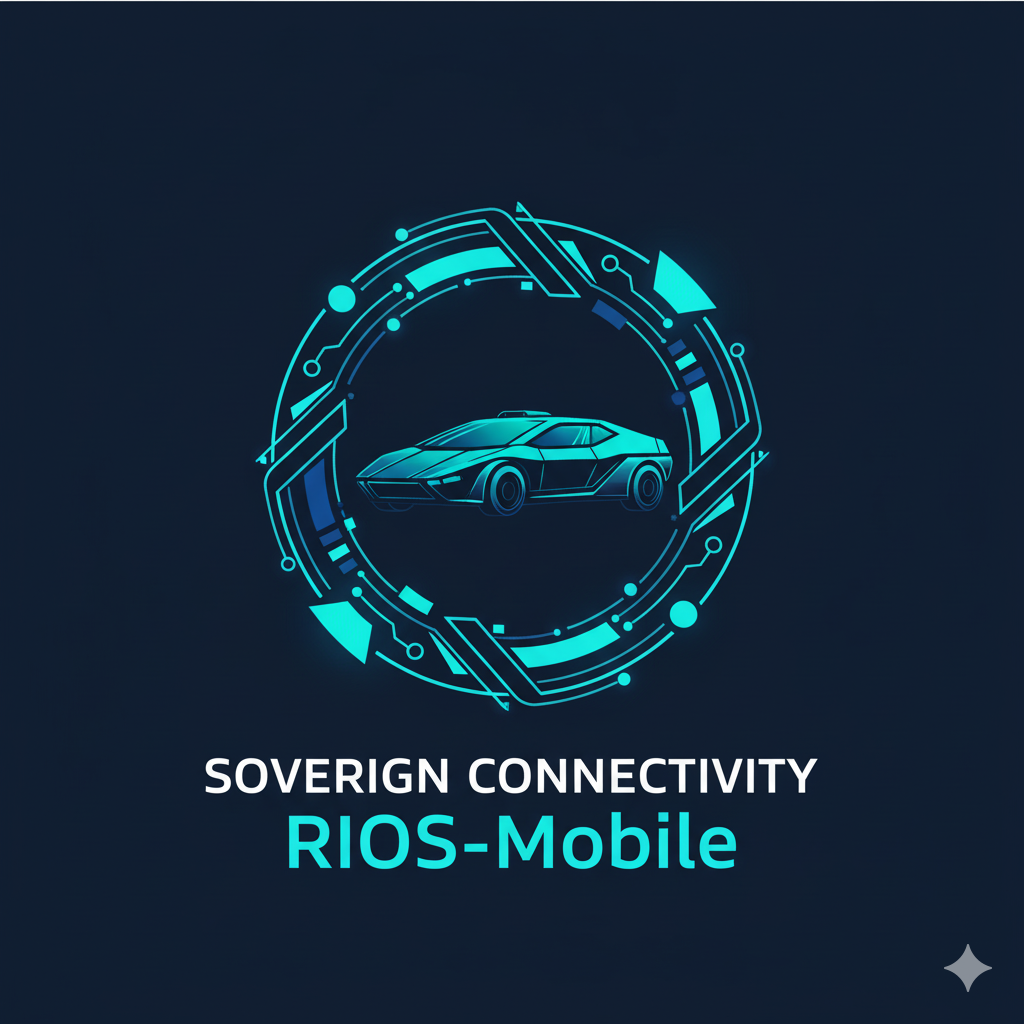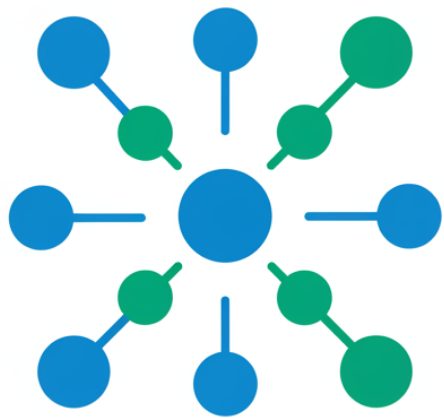
This Gap Analysis compares the Current State (what the RIOS-Mobile product line offers today) with the Desired Future State (the optimal market position and user experience). It identifies the key gaps that must be addressed to maximize market penetration, user adoption, and profitability.
| Category | Current State (What We Have) | Desired Future State (What We Need) | Gap to Address |
| User Experience & Installation | High Complexity: Installation of Pillar II & III requires advanced technical skills (cabling, software configuration, physical integration of multiple components). | Seamless Integration & Installation: Fully pre-configured, “plug-and-play” solutions with certified professional installation partners and simple, step-by-step documentation/videos. | Installation and Integration Simplicity: Develop dealer network for certified installs; create robust, user-friendly guides/apps; simplify the physical connection points for Pillars II & III. |
| Pricing & Accessibility | High Cost of Entry: The SRPs are premium, limiting the addressable market primarily to high-end users, full-time workers, and businesses. | Mid-Market Bridge: A simplified, more cost-effective version of the SD-WAN/redundancy (Pillar II) that retains core failover capability but removes expensive processing overhead. | Cost Reduction & Tiered Offering: Explore component swaps to create a “Pillar 1.5” or “Essential Pro” kit to bridge the cost gap between $799 and $2,999. |
| Commercialization & Channels | Focus on Direct-to-Consumer (D2C): Primarily marketed to the individual nomad/RVer through the DeReticular/Trifi Wireless channels and events like Quartzsite. | Robust B2B/Fleet Channel: Dedicated sales teams and product packaging tailored for logistics, utility, first responder, and autonomous vehicle fleets. | B2B Strategy & Sales Kits: Develop specialized marketing materials, pricing models (volume discounts), and a separate sales channel for enterprise fleet management. |
| Ecosystem & Value-Add | Under-utilized Pillar III Features: NeoMesh and Revofi Trusted Compute are promised features but lack immediate, tangible, and monetizable applications for the average user. | Immediate Utility of Edge Computing: Launch an initial suite of practical, out-of-the-box RIOS-Edge services (e.g., anonymous local weather sharing, localized secure storage, battery/solar health monitoring) | Software & Service Development: Prioritize the development and launch of a small, highly valuable set of initial edge applications that immediately justify the Pillar III hardware cost. |
| Marketing & Education | Technical/Jargon-Heavy Messaging: Focuses on terms like SD-WAN, LEO, Trusted Compute, which can alienate non-technical users. | Benefit-Driven, Simple Messaging: Focuses on the outcome: “Never Lose a Zoom Call,” “Guaranteed Uptime,” “Power Your Life Off-Grid.” | Messaging & Content Strategy: Develop a content library (videos, infographics) that uses simple analogies to explain the “why” behind the technology, targeting problem/solution over feature/spec. |
| Service & Support | Standard Technical Support: Reliance on traditional tech support models for complex, multi-component systems. | Predictive & Proactive AI Support: Leveraging the RIOS intelligence to detect hardware or network degradation (before the user notices) and automatically initiate support/diagnostics. | RIOS-Native Support Layer: Develop the software layer within the RIOS firmware (Pillar II & III) to enable predictive diagnostics and remote, over-the-air component health checks. |


